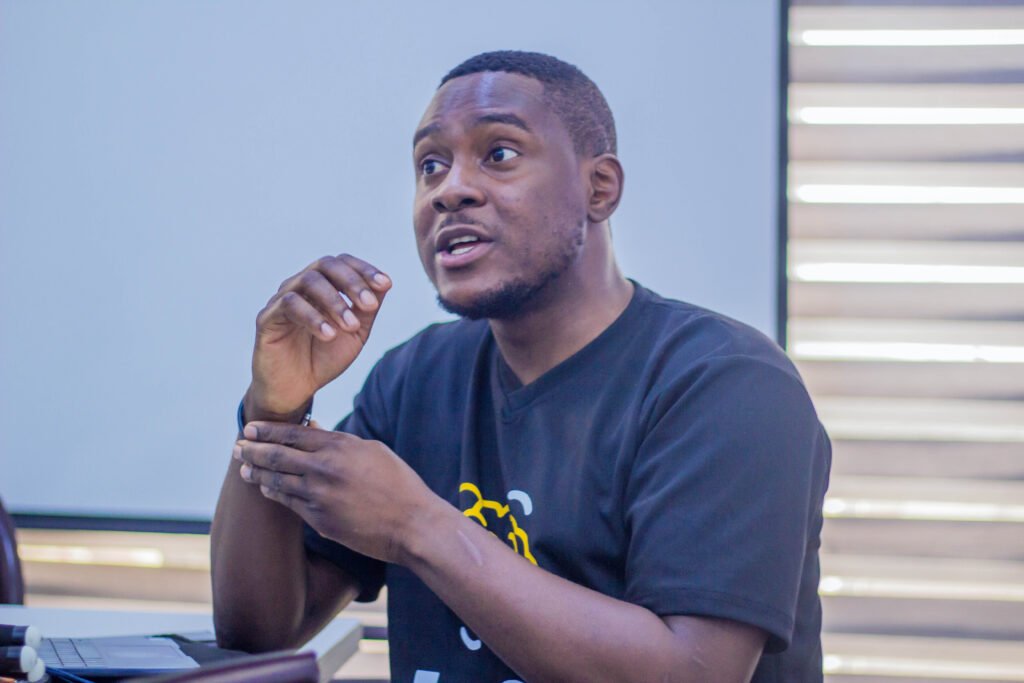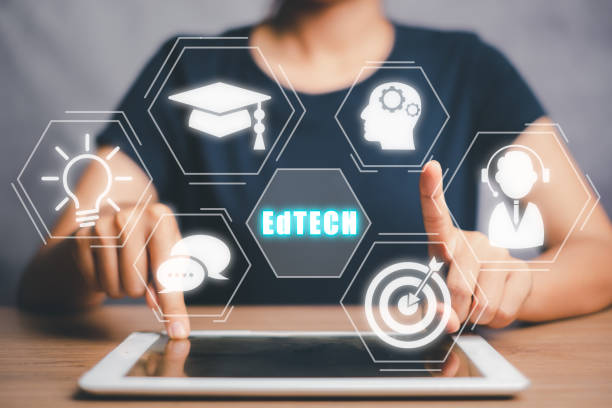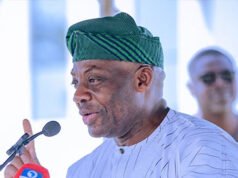Nigeria’s edtech sector has been the toast of many forward‐thinking investors, educators, and policymakers. Promises of bridging educational gaps, reaching underserved communities, and bringing classrooms into the digital era dominate headlines. Yet for many schools, startups and parents, the story beneath the surface reveals a tangle of unseen expenses—the kind that don’t show up in grant proposals or pitch decks.
While devices, software licences and internet subscriptions are the visible investment, other costs—power, maintenance, staff, upgrades—often slip into the shadows. These invisible expenses strain budgets, reduce return on investments, and threaten the sustainability of edtech initiatives in Nigeria. Experts now warn: unless these hidden line items are properly accounted for, many digital education projects risk faltering.

Table of Contents
The Quiet Burden: Power, Maintenance and Staff
One of the most persistent invisible costs is electrical power. Many schools in Nigeria—especially in rural or peri‐urban areas—face frequent outages, poor grid reliability, or limited access to stable electricity. To keep edtech tools—computers, interactive boards, projectors—running, schools often rely on generators, solar panels or inverters. These alternatives require fuel, batteries, regular repair and sometimes importation of parts, all of which can be expensive. That cost is often neither anticipated accurately nor budgeted sustainably.
Another major hidden cost is ongoing maintenance and technical support. Devices break, software needs updates, hardware becomes obsolete, and teachers or administrative staff need training to use new technology effectively. Without a dedicated support team or contract, edtech platforms can degrade quickly. Nigeria’s high inflation and foreign exchange volatility only make replacement parts, licences or overseas training more costly. As one recent study of edtech in Nigeria noted, many educational institutions are interested in cutting up‐front costs but are initially reluctant to budget for recurring maintenance.
Then there is the human resource cost. Bringing in edtech means paying for IT technicians, system administrators, or specialists to ensure that systems work, data are safe, and networks are stable. Even “freemium” tools demand more from staff—time troubleshooting, time learning updates. These costs are rarely reflected in donor funding or school fees, yet they sap both financial and human resources.

How Inflation, Infrastructure and Low Monetisation Amplify Hidden Costs
Nigeria’s macroeconomic environment intensifies these hidden costs. Inflation erodes purchasing power rapidly—a licence or hardware bought today may cost 20‐30% more in a year. The depreciation of the naira makes imported equipment and software licences far more expensive. Schools and startups paying in foreign currency or relying on imported tech suffer greatly.
Infrastructure, particularly the internet and network quality, is uneven. Many schools still struggle with bandwidth issues, unreliable internet service, or high data costs. For digital learning platforms that depend on video content, interactive features or real‐time feedback, poor connectivity degrades user experience and demands workarounds (e.g. offline content, simple media, pre‐downloaded files). Those workarounds often incur additional expense.
Monetisation models in Nigeria’s edtech space often underperform because consumers (parents, students) have limited disposable income, and competition from free or low‐cost alternatives (YouTube, WhatsApp study groups) is fierce. Some platforms reduce fees or offer flexible models, but unless revenue covers both visible and invisible costs, sustainability is fragile. For many edtech firms, converting free users to paying ones has been difficult.
What Must Change: Budgeting, Policy and Planning for Hidden Lines
To avoid surprises, edtech projects in Nigeria need more realistic budgeting from the outset. That means including line items for power (backup, fuel, solar or inverter upkeep), regular maintenance and replacement of hardware, technical support, teacher training, software updates, and even insurance. These must be built not as optional extras but as core parts of any edtech proposal or grant.
Policy measures can also help. Government subsidies for data costs, power tariffs for educational institutions, tax breaks on imported tech equipment, and incentives to invest in renewable power sources can reduce the cost burden. Regulations that support affordable broadband, stable electricity, and local content production also play a role.
Finally, stakeholders—including donors, edtech startups, and school leadership—need transparency about the total cost of ownership (TCO). Case studies that reveal both visible and hidden costs help build realistic models. Shared infrastructure (e.g. hubs, community centres) and collaborative procurement (bulk buying of licences, devices) can reduce per‐unit costs. Monitoring and evaluation should include not just learning outcomes but also cost‐effectiveness and sustainability over time.

Conclusion
Edtech holds enormous potential to transform education in Nigeria—but that potential will be undermined if the unseen costs remain invisible. The real budget line isn’t just for devices or software; it is for power, maintenance, upgrades, staff, and infrastructure. For edtech to deliver on its promises, all stakeholders must learn to see and plan for the entire cost structure. Only then can the digital revolution in Nigerian classrooms be equitable, durable, and truly transformative.
Join Our Social Media Channels:
WhatsApp: NaijaEyes
Facebook: NaijaEyes
Twitter: NaijaEyes
Instagram: NaijaEyes
TikTok: NaijaEyes
READ THE LATEST EDUCATION NEWS




